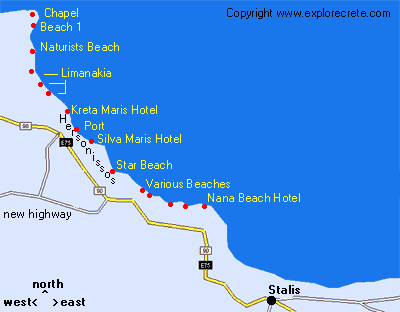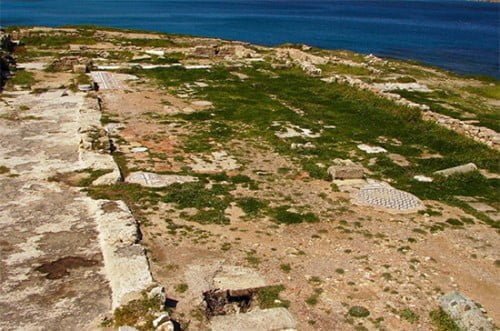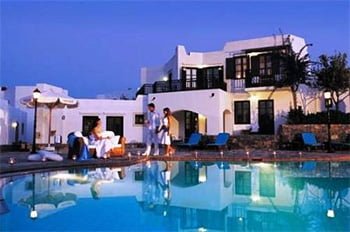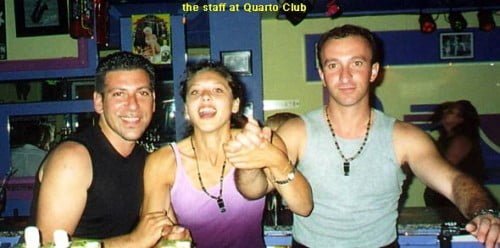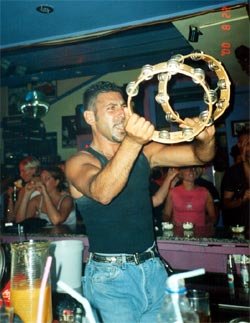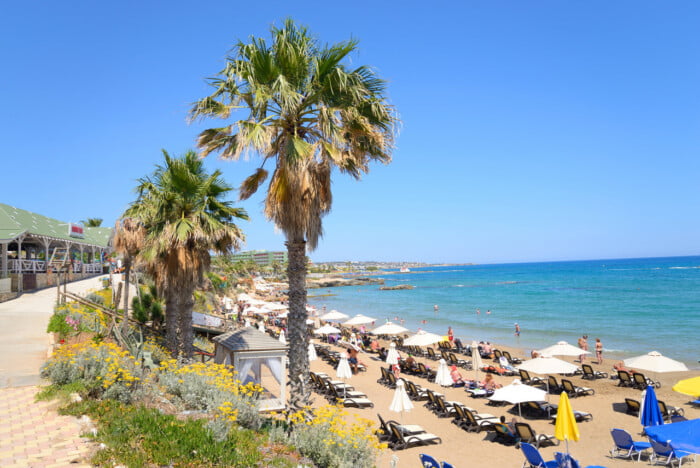Malia History
The History of Malia
The history of Malia goes back to Minoan times. Here was the kingdom of Sarpedon, with the famous Minoan Palace of Malia, the third-largest in Crete, covering a total area of 7,500 sq.m.
According to mythology, Sarpedon, Rhadamanthys and Minos were the three sons of Zeus and Europa. Each ruled a different part of Crete, Sarpedon at Malia, Rhadamanthys at Phaistos and Minos at Knossos.
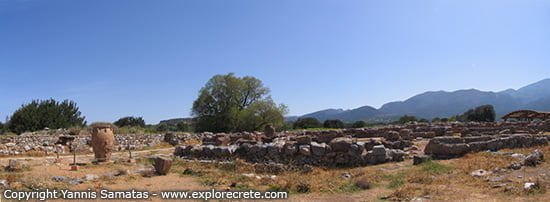
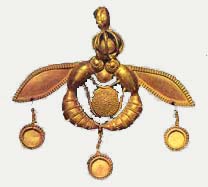
The excavations leading to the discovery of the Minoan Palace of Malia were begun by Iosif Hatzidakis and continue to this day under the French School of Archaeology.
The palace has been revealed in all its glory, but unfortunately looters got here 65 years earlier, resulting in the loss of many treasures, mainly Minoan jewellery which was sold to goldsmiths, melted down and reused.
A few of the finds were sold to foreigners who understood how old and valuable they were, while the famous Minoan “bee pendant” from Malia (<– photo) is now on display in Heraklion Archaeological Museum.
Malia in Byzantine Period
During the Byzantine period and the following centuries Malia was harassed by pirate attacks like the rest of coastal Crete.The first mention of Malia is as Manlia and Maglia in Venetian documents and maps dated to 1390.
Malia during Turkish Occupation
Malia was given to the Sultan when the Turks conquered the island in 1646. As the Sultan was the sole owner and exploiter of the area, it was royal property; taxes from agricultural produce increased his wealth.
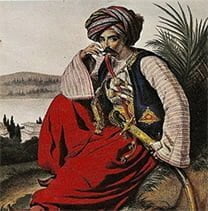
Malia was never really inhabited by the Turks, because the oppressors could not divide the area amongst themselves. Another reason seems to be that the area of Malia was haunted by malaria.
The villagers became their own landholders when the Turkish law ceding Malia to the Sultan was abolished in 1850.
Malia in 19th and 20th century
With the Greek War of Independence still continuing in the 19th century, Malia was a poor community, with heavy losses. The economy was mainly based on barley and carobs, which were the chief export during the early 20th century.
With the invention of the windmill water pump, crop cultivation changed and turned the Malia area into the vegetable garden of Crete, growing okra, cucumbers, tomatoes, potatoes and watermelons. In the same period an exotic plant was introduced from Egypt, which to everyone’s surprise grew fruit: baby bananas. Within a few years the area was full of banana trees, as people really seemed to like the taste of the things.
Malia, like the rest of Crete, was occupied by the Germans during World War II. Due to its location close to the shore, the Germans feared allied invasions and sowed the fields with landmines. When the war was over and people started to cultivate the fields again, the forgotten mines took quite a few Malian lives, probably more than the actual war casualties.
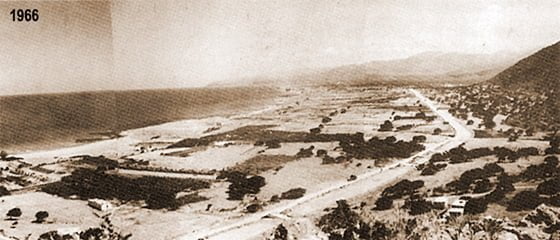
Malia today
After the 1950s Malia began to flourish and people started to come here on holiday. The first hotel, the Hotel Grammatikakis, was built next to the sea at the end of Dimokratias Street in around 1960. Other hotels followed and Malia became a popular destination in the 1980s and 1990s. This, of course, brought about a big change.
© explorecrete.com All Rights Reserved. Reproduction or copying without permission is prohibited.

